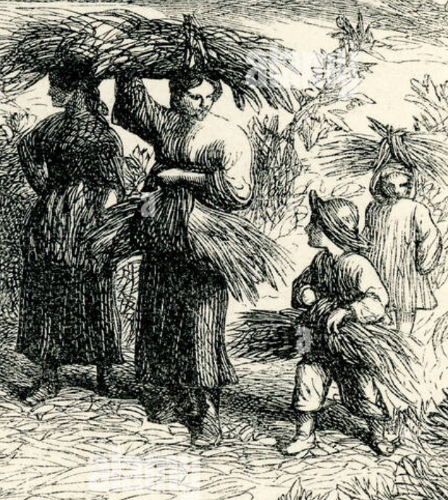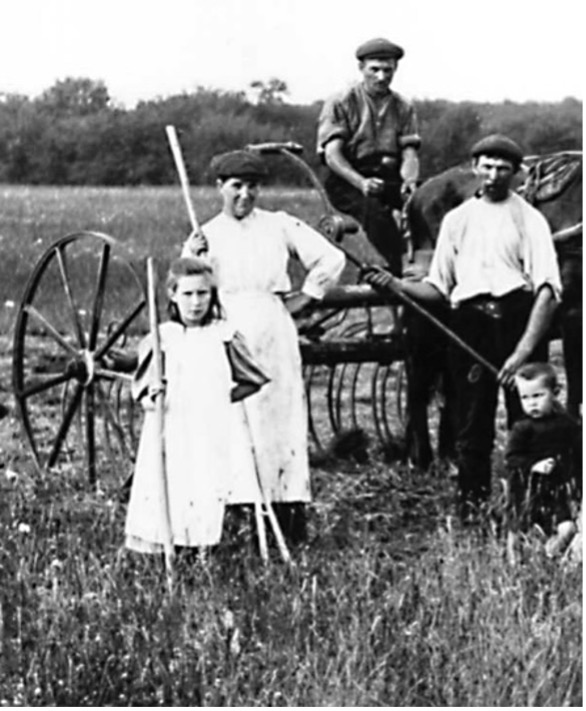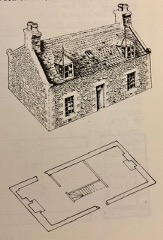An illustrated talk by local historian Liz Woolley

‘It will do him more good than going to school’
The image commonly evoked by the phrase ‘child labour’ is one of young children toiling in the grimy factories and mines of the Midlands and the North. Yet in rural counties like Oxfordshire, child labour was as much a feature of everyday life in the nineteenth century as in industrialised areas.
This illustrated talk told the story of Oxfordshire’s child workers, many of whom started work part-time at the age of six or seven and, until the compulsory school legislation of the 1870s, left education for good by the age of ten to become permanently employed.
Oxfordshire children worked in agriculture, in domestic service and in lace-making, gloving and a host of other small-scale occupations. The talk showed that, contrary to popular belief, cottage industry and agricultural work were by no means the ‘soft option’ in comparison with work in the factories and mines of industrialised areas.
Liz Woolley is a local historian specialising in aspects of the history of Oxford and Oxfordshire. She is a popular speaker, guide, tutor, researcher, and writer. She has lived in Oxford since 1984 and has a Diploma and MSc in English Local History from the University of Oxford’s Department for Continuing Education
How ‘just a bit of fun’ in May 1873 led to the imprisonment of 16 women and raised a national furore
A talk by Carol Anderson

Although the account of the Ascott Martyrs has been all but expunged from history, 2023 is the 150th anniversary and this presentation by Carol Anderson, Chair of the Ascott Martyrs Educational Trust, revealed not only the details of the women’s actions in the summer of 1873, but showed how this became a key moment in the history of labour relations in Britain.
The 16 women, who later became known as ‘The Ascott Martyrs’, were charged with attempting to prevent two young agricultural labourers going to work for Robert Hambidge, a tenant farmer in Ascott under Wychwood. This led to their arrest and trial at Chipping Norton police station, and brief imprisonment in Oxford County Gaol, with hard labour, sentenced by the local rural clerical magistracy – one of whom was Rev. William Edward Dickson Carter, rector of Sarsden.
The press called it ‘The shameful Chipping Norton affair which roused the whole country’, as the incident resulted in widespread protest and questions in parliament.
The evening was held in Sarsden Glebe – the residence of Rev Carter JP – and the very place where legal proceedings were initiated by the farmer Robert Hambidge.









